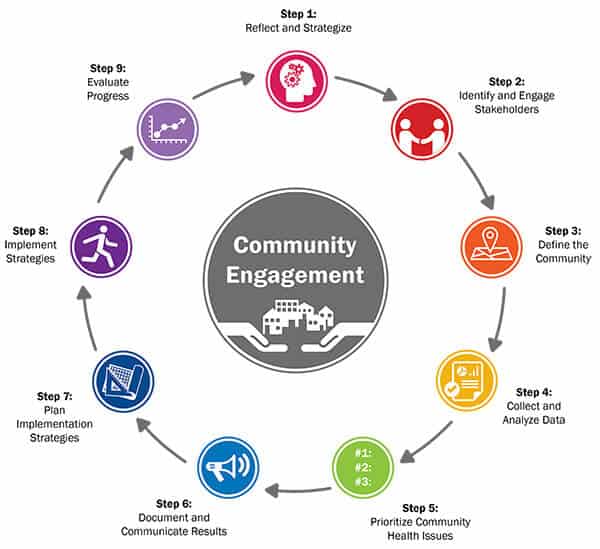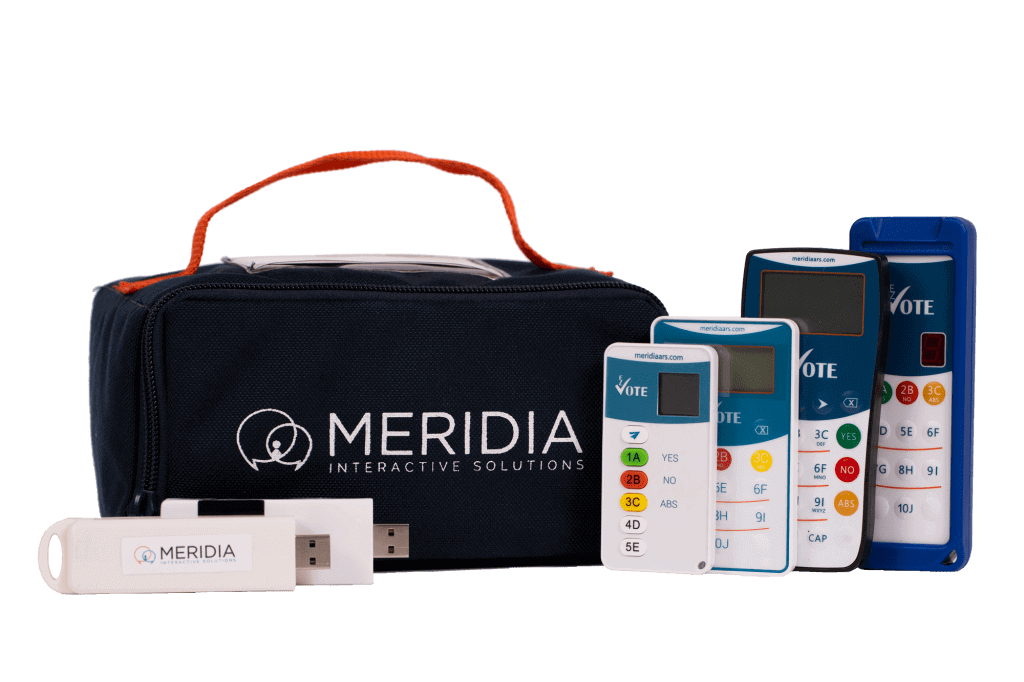Taking the communal pulse (with ARS)
As part of the Patient Protection and Affordable Care Act, all non-profit hospitals must conduct a community health assessment (CHA) every three years. Such assessments—sometimes called just a “community health needs assessment (CHNA)” or a “community needs assessment (CNA)” or even a “health needs assessment (HNA)”—are important because what a given community needs in the way of health care services will change over time, and the assessments provide a mechanism by which the hospitals to stay on top of the needs of the community.
How to Collect the Formal Assessment
But how one conducts a health needs assessment is a separate question. There is a formal nine-step sequence that guides the process, but how an institution manages each step is largely left to the institutions. Those managing the assessment must identify and engage stakeholders who “represent the broad interests of the community served by the hospital facility, including those with special knowledge of or expertise in public health” but the actual process of capturing input from these stakeholders is up to the individual facility.


The Need for Community Feedback
Clearly, hospitals know what kinds of care they are currently routinely providing—and planners within the facility will have some ideas about what kinds of care the facility should be preparing to deliver in the future. For many groups conducting community health assessments, that knowledge becomes the foundation upon which they build. Often they will present their hypotheses to stakeholders within a focus group setting, where the stakeholders can provide immediate feedback and analysis: This problem is likely to be diminishing for this or that reason; that problem is likely to escalate for this and that reason. As more and more community representatives provide feedback, the clearer the understanding of the community’s needs.
How ARS Help to Make Health Assessments More Efficient
When 20-30 community experts are participating in such focus groups, accurately capturing sentiment can become a challenge. It takes too long to count that many hands over and over. In that scenario, an electronic audience response system (ARS) becomes highly beneficial. Those running the focus group can poll the group’s members about different care priorities and trends; the group’s participants can respond quickly and anonymously using an electronic clicker.
An ARS enables the team to capture and record participant response instantly — which not only enables an assessment team to move rapidly through a long list of questions and concerns but which also enables the team to record the strength of the group’s sentiment without error, as the software behind the ARS can record and preserve the complete record. Later, as the team analyzes the data, prioritizes the issues, and then plans and implements strategies, it can perform these tasks using solid data, as all that information has been captured effortlessly by the ARS.


